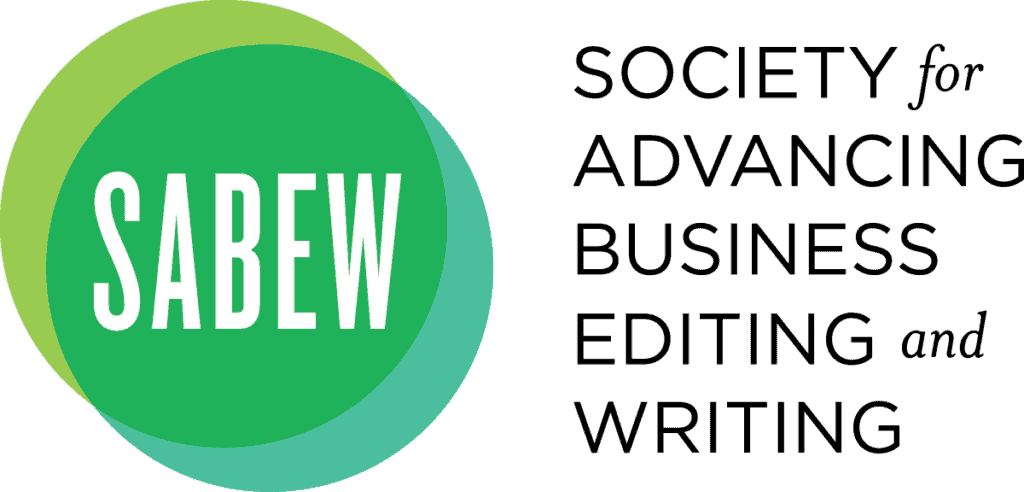By Amber Haywood
The numbers are in. The outstanding student loan debt in the U.S. is $1.4 trillion held by about 44 million individuals, according to Katie Lobosco of CNNMoney. The proportion of people going to college is increasing, but the cost of educating them is increasing at a faster rate than inflation.
“Cost of education has escalated at a disproportional rate as compared with the overall increase in the price of goods and services,” said Joseph Goetz, a University of Georgia associate professor of financial planning.
According to U.S. News & World Report, in-state tuition and fees at public national universities have grown 237 percent from 1997 to 2017. Out-of-state tuition and fees at public national universities trailed at 194 percent increase and private tuition and fees increased 157 percent. The article reported that, in comparison, the consumer price index, a measure of inflation, increased by 52.7 percent over that same time period.
More students are starting to feel like they should pursue a higher degree, but going to school longer results in additional costs which can lead to additional student loans, according to Goetz.
“More professional positions within our culture require higher degrees to be competitive or to be able to fulfill minimum criteria for qualifications,” he stated.
Although student debt has surged in recent years, the loan burden has had a minimal effect on the U.S. economy. Goetz explained that most of people who owe thousands of dollars in student loan debt have higher-paying occupations and their default rate is low. This means that although individuals such as doctors, pharmacists and lawyers often accumulate more debt as students, they’re paying it off as they earn higher wages in their careers.
For some individuals taking on student loan debt is unavoidable, but Goetz said federal loans can be more beneficial than private loans for those who qualify. Federal loans, which can be applied for by completing a Free Application for Federal Student Aid (FAFSA), may be eligible for programs such as income-driven repayment plans and loan forgiveness.
Goetz said, “this is another tragedy that a lot of people who graduate just don’t know about these programs.” Goetz said information about the income-driven repayment and loan forgiveness programs can be found at studentaid.ed.gov.
Those who participate in an income-driven repayment plan will make monthly payments on their student loans based on their income.
Nicole Fry, a senior at Bucknell University, took out a direct unsubsidized loan for her last two semesters. After her mother lost her job Fry’s junior year, taking out a loan was the only option to help her pay for her last year.
By taking advantage of federal loans while enrolled in school and utilizing the federal loan repayment programs put into place, students such as Fry can pay off the debt in a manageable way. Fry decided on the direct unsubsidized loan which is eligible for the income driven payment plan.
“Knowing that I owe money that I have to pay back after graduating worries me, but having programs that help students with paying is definitely a relief,” Fry said.
Amber Haywood is a student at the University of Georgia.

